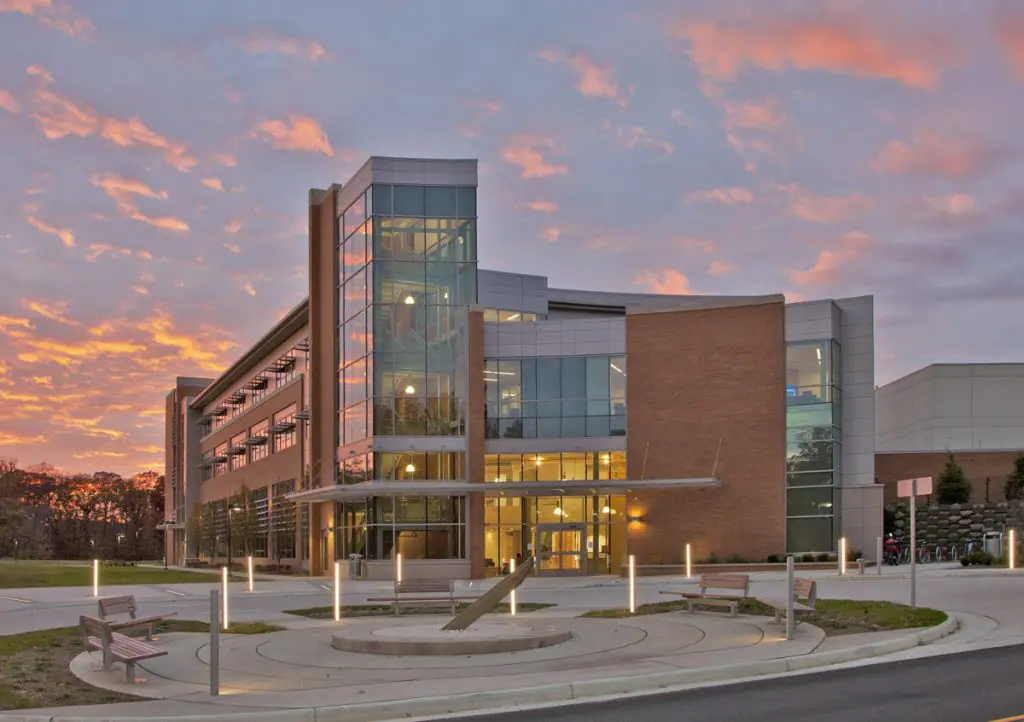Middle-class families have been known to encourage their children to attend well-known institutions for higher education, hoping that doing so will propel them forward intellectually and professionally.
However, the rising cost of tuition and fees are forcing more families to rethink expensive four-year schools and look to community colleges.
Sara Goldrick-Rab, professor of higher education and sociology at Philadelphia’s Temple University, believes social norms are at play here.
Expensive education is no longer the only education that is accepted — community colleges are beginning to pick up the slack of bigger, more expensive universities.
A study looked at tax records and college attendance data in 2017 and found that many two-year colleges have been attracting increasing numbers of “well-off” students.
For example, Northern Virginia Community College reported that their percentage of the first-time students with a family income of $60,000 or more has risen to approximately 69 percent.

Annie Shahverdian, the 18-year-old daughter of a commercial real-estate agent and a nurse administrator, chose to attend Pasadena City College in California for two years before heading to a four-year university.
And she’s not the only one: over the last few years, there has been a 320 percent increase in students with a household income of over $100,000 a year at Pasadena City College.
Some middle-class parents believe that sending their children to a quality community college before a four-year university will not only save money but also teach them about personal finance. Of course, though, there are those who believe that not all fare well when it comes to taking the cheaper option.
Author Lynn O’Shaughnessy, who wrote “The College Solution: A Guide for Everyone Looking for the Right School at the Right Price,” notes that not all community colleges will lead to well-known, prestigious four-year universities.
Some classes taken at a community college might not even count for credit, forcing the student to retake it.
Yet those who do manage to make it work out do not regret their decision at all.
Byria Hamblin frequently tells new friends and classmates about her journey from Lone Star College in Texas to Tulane University in New Orleans. Instead of disparaging remarks, she often receives admiration. Many say they should have made the same decision.
Only time will tell if rising rates of middle-class students heading to community colleges will continue.
Also important to look out for is how these rising rates will impact the practices of community colleges and four-year institutions, as well as how low-income students will fare.
















